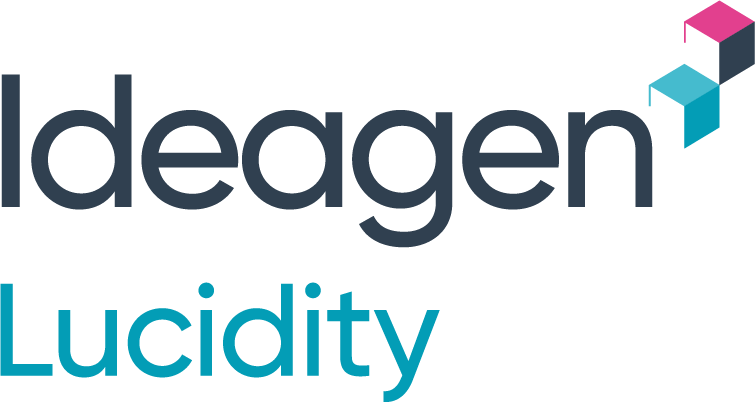Safety is the first of Downer’s four Pillars, and Zero Harm is embedded in the company’s DNA.
Downer holds the firm belief that any injury caused in the workplace is unacceptable and preventable. Ensuring all their people return home safely to their families at the end of the working day is their top priority.
Downer’s commitment to Zero Harm has led to a strong health and safety culture at all levels of the business, and is complemented by the evolution of Health, Safety, Environment and Quality (HSEQ) management systems which support the way they work.
“When I joined Downer in 2016, my team did a review of our Critical Risk program,” Downer’s Group Manager of Reporting & Analytics, Yakov Terterian, says.
“As part of this review, we looked at records and data captured from Critical Risk inspections, audits and senior leader observations. However, the mix of paper-based processes and various digital data capture software used at the time provided limitations on how we could work with the data in planning to address future risks. We were spending too much time looking for trends in business risks as opposed to actively addressing potential incidents before they occurred.”
“We wanted to become more sophisticated in the management of our HSEQ systems, so we reached out to Lucidity.”
Working with Downer’s Zero Harm Reporting & Analytics team, we helped to implement a customised selection of Lucidity modules. This was designed to give Downer access to all the business information they needed in an easy and accessible way, allowing them to find important HSEQ trends as they interrogated the rich information they captured from across their workforce.
“Lucidity has changed the way we capture infield Zero Harm information across our Australian and international operations,” Yakov says. “The new level of information we’ve been able to achieve with Lucidity has meant we’ve now got access to granular data, all collected from the field in real-time. It’s been a complete game-changer for us.”
“For example, with the introduction of digital forms through the Lucidity InForm module, we’re now able to easily examine and compare HSEQ data from different sites and different teams, seeing trends over time. It’s allowed us to move our efforts away from trying to organise data and towards uncovering insights and making better business decisions to keep our employees safe.”
Following the success Downer achieved through their existing Lucidity modules, the team is currently in the process of consolidating its site-based risk registers through Lucidity Risk to help them better manage their risk profile.
As Downer continues its Zero Harm journey, easy access to rich data through Lucidity software will play a role in keeping its employees and local communities safe.
“It’s given us visibility of the information we collect,” Yakov says. “It’s allowed us to standardise our data collection process, simplified a lot of our workflows, and ultimately helped support Downer’s Zero Harm strategy.”



